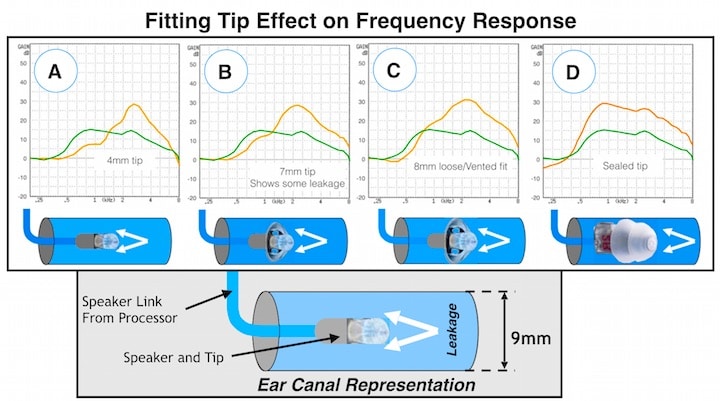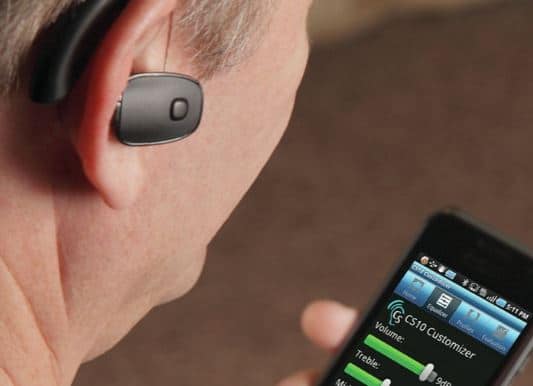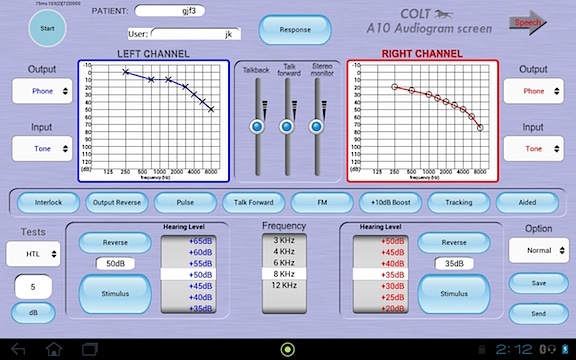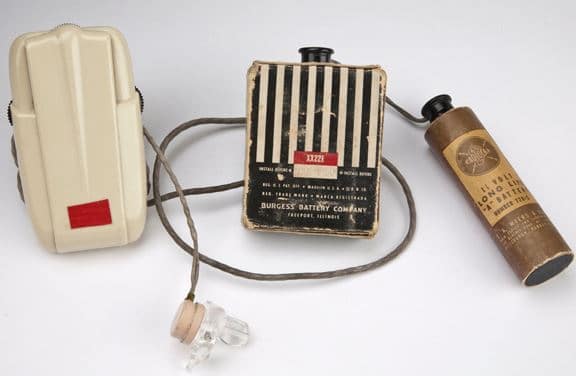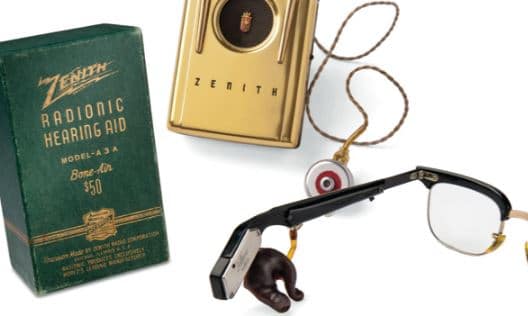Jul. 26, 2016
Editor’s Note: Today’s post continues the discussion by Abigail Farmer and Bruno Sarda on the evolution of hearing aid technology. Implications and Policy Recommendations The hearing aid market as we know it is ripe for disruption. On one hand, hearing aids are expensive. They rely on proprietary technology that does not necessarily “play well” with other technologies. Market



